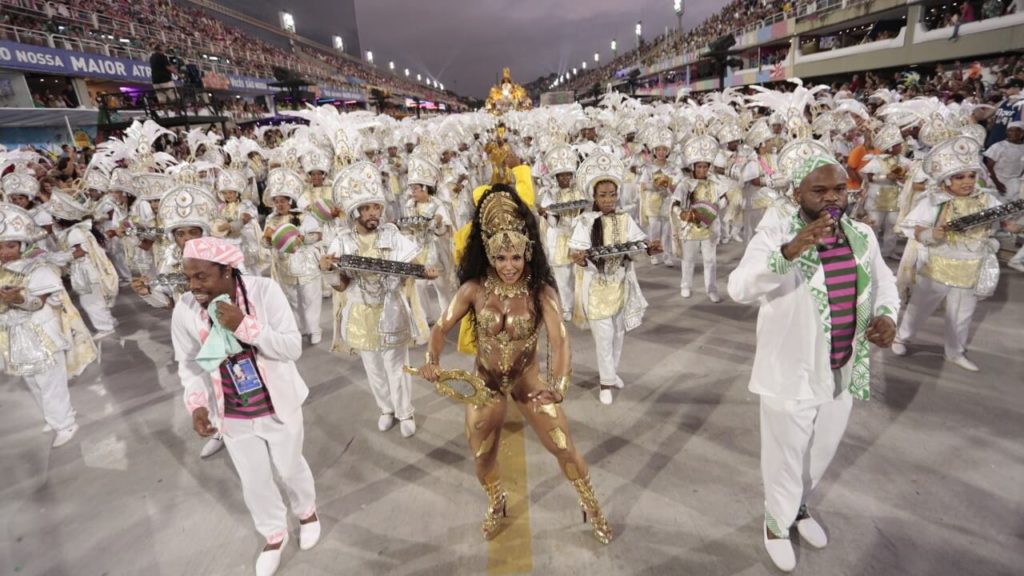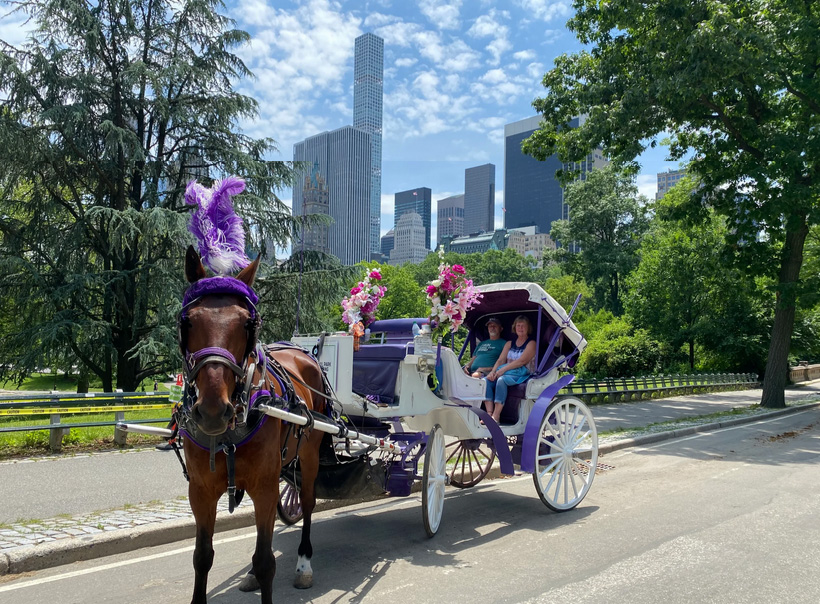
Samba tours Rio de Janeiro 2024: What kind of Samba do we offer? Our Samba school provides classes of Samba no pé (samba solo), Gafieira (partner samba), forro (partner dance), and other dances. Empowering the student to perform the basic movements of the dance also, if you already have some dance experience we help you to improve and learn new steps. You don’t need to have a dance partner to join our dance class, so, don’t be shy and come to have fun with us. Dance studios are located in the neighborhoods of Copacabana and Ipanema. Find more info at Samba tours Rio de Janeiro.
This style of dance is not only fun, it also brings with it a variety of wonderful health benefits that will make you want to dance even more. Samba is a lively and beautiful style of dance that guarantees lots of fun times. But that’s not all. When you practice this wonderful style of dance on a regular basis, you will experience it’s benefits. Here are some of the perks of dancing samba: Samba dancing really gets your heart pumping. What happens is that you get more oxygen delivered to all parts of your body, which helps improve your body’s circulation. This will result in increased energy levels, which will help you focus with more ease on tasks at hand and obtain better results.
The baterias of samba schools are so famous in Rio de Janeiro that during the year when there are not in Carnival, they play in ceremonies, celebrations, and parties around town. Passistas – Carnival’s leading samba dancers. Of course, no parade can be bereft of the Passistas or samba dancers that dance the entire length of the samba strip. This group of 15-20 dancers is chosen through a competition each year and has the honor of representing their samba school. Well-known lead vocalists and a group of fellow vocalists do justice to the samba songs that are composed for especially for the parade.
Visiting Christ the Redeemer is one of the most popular things to do in Rio de Janeiro, with over 800,000 people visiting annually. Be prepared for crowds at the top. To avoid long queues for the train, book your tickets in advance online and select a time. Another option for getting to the top is taking a van ride, which is cheaper but far less scenic and enjoyable. It’s hard to imagine a more perfectly placed mountain than Sugarloaf. Just slightly offshore from mainland Rio de Janeiro, this towering monolith provides sweeping views of the city and across to Christ the Redeemer. At the top, you’ll find multiple viewing platforms, most of which are protected from the punishing equatorial sun. Views also extend to Rio’s famed harbor with the Ponte Pres. Costa e Silva bridge in the foreground and back towards Copacabana and Christ the Redeemer.
On the hill just above the harbor are the church and monastery of São Bento, one of the finest Benedictine complexes in Brazil. The original 1617 church was without aisles until it was enlarged in the second half of the 17th century by the addition of eight side chapels. The finest artists of the Benedictine order were involved in decorating the interior. The exuberant carving that covers the walls and ceiling was mainly the work of a monk named Domingos da Conceição, who was also responsible for the figures of St. Benedict and St. Scholastica on the high altar. The choir chapel has silver work by Mestre Valentim and 14 paintings by Ricardo do Pilar, a monk who was the foremost Benedictine painter of colonial Brazil. His masterpiece, Senhor dos Martírios (Christ of the Passion), is in the sacristy of the monastery.
Choreography at its best! Each samba school presents a theme which is portrayed by a team of musicians, samba dancers, and well-decorated floats. Months of preparation are put in by the samba schools who mobilize the support of thousands of locals from their communities. At the forefront of the preparations is the Carnvalesco or Carnival Director who sets the theme and organizes practically everything required for the parade right from the costume designs, decorations, theme song, and much more. For the samba parade, each school is divided into sections called ‘alas’ or wings, with each wing consisting of 100 members or more wearing the same costume. In some samba schools, each wing will choreograph their own dance that they practice for months prior to the Carnival. While the dance does contribute to the overall score, the dancers must be upbeat, and happy and sing their samba school song throughout the parade.
Carnival Tour shows you behind the scenes. Be introduced to the Samba schools that create all the props. Carnival Tour also will give you the opportunity to try on glimmering outfits to know what it feels like to move your body in the frills enjoy a short samba class with the incredible Passista who is a professional samba dancer. You buy the ticket with us and go there by yourself. We have a good deal with Viator, so the link below will take you to book your experience. Discover even more details on https://www.riosambadancer.com/.


